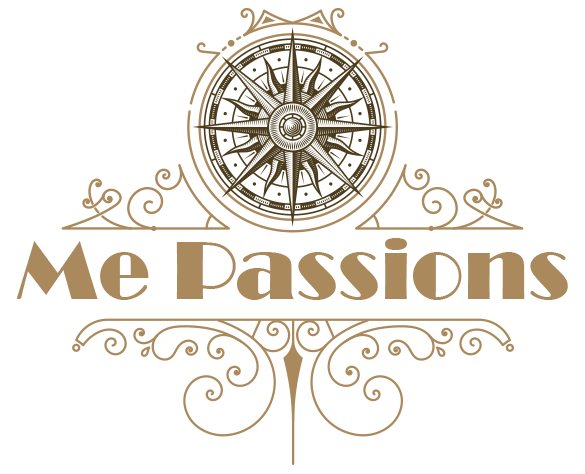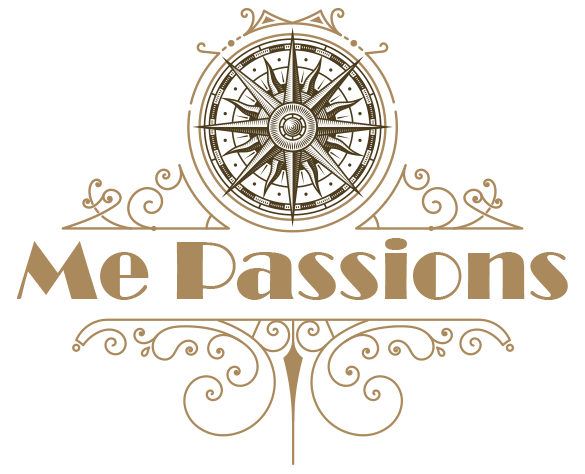Silver Screen Standards: The Big Clock (1948)
Time looms
over us all, but not as literally as it does over Ray Milland in director John
Farrow’s fascinating noir, The Big Clock (1948), which features Milland
as a magazine editor framed for murder by his powerful tycoon boss. With its
emphasis on the grinding power of clocks and time over corporate life, this
film noir reminds us that even the best paid rats are still racing as fast as
they can, and escape from the rat race isn’t easy to achieve. In addition to
Milland, The Big Clock features memorable performances from Charles
Laughton, Maureen O’Sullivan, Elsa Lanchester, George Macready, and a menacing
Harry Morgan, so it’s truly a star-studded affair, but Milland’s performance as
the beleaguered protagonist is definitely the main attraction.
Milland
leads as George Stroud, the editor of a crime magazine owned by publishing
mogul Earl Janoth (Charles Laughton). George’s marriage to Georgette (Maureen
O’Sullivan) is suffering because of his relentless work schedule, but when
George quits his boss suddenly reels him back in to investigate a mystery man
Janoth wants to frame for a murder the tycoon himself actually committed. Much
to his wife’s frustration, George accepts the assignment, not because he wants
the job but because George is the mystery man Janoth intends to blame for the
killing.
The
narrative structure of The Big Clock parallels that of John Farrow’s
other noir films, Night Has a Thousand Eyes (1948) and Alias Nick
Beal (1949), with all three movies opening at the start of the third act and
our protagonists in peril. We’re introduced to George as he hides inside the
titular clock from armed guards who have orders to shoot on sight. George then
recounts the events that led him to this dangerous situation. It’s an effective
strategy, but if you watch all three movies together (as I did), you really
notice its repeated use. When George takes us back to the beginning, we learn
that he stumbles into this predicament thanks to a chance meeting with Janoth’s
ex-girlfriend, Pauline (Rita Johnson). George, having quit his job but still in
trouble with his wife for missing their train out of town, goes on a bender
with Pauline and then departs to join Georgette on their long-delayed
honeymoon. Unfortunately for George, his boozy evening with Pauline makes him a
perfect fall guy when Janoth kills her, so George is forced to pretend to look
for himself while simultaneously trying to keep his team from actually
identifying him. I don’t want to provide too many spoilers here, but with the
opening it’s obvious that George is on the run for a crime he didn’t commit,
and the suspense hinges on whether the clever crime editor can free himself
from his employer’s lethal trap.
An
excellent cast keeps the characters interesting even as we question some of
their motives. Having won an Oscar for his alcoholic protagonist in The Last
Weekend (1945), Ray Milland carries the drinking scenes with ease, and
while George Stroud isn’t a villain, Milland’s ability to play one in films
like So Evil My Love (1948), Dial M for Murder (1954), and Alias
Nick Beal brings moral ambiguity to a character who could have been too
squeaky clean with another actor in the role. Charles Laughton, always great, here
leans into one of his subtler villain roles, saving his bursts of violence and
temper for the moments when they really count. John Farrow’s wife, Maureen O’Sullivan,
has a decent role as the increasingly irritated Georgette, but it’s Laughton’s
spouse, the brilliant Elsa Lanchester, who steals every scene as the eccentric
painter, Louise Patterson. George Macready plays Janoth’s devoted assistant as
a suitably slippery character, but Harry Morgan makes an even greater
impression without saying word as Janoth’s silently menacing underling. Morgan
seems to be channeling Elisha Cook, Jr. from The Maltese Falcon (1941) with
his intense, unhinged stare and propensity for violence, and he’s great fun to
watch.
For even more noir films directed by John Farrow, see Where Danger Lives (1950) and His Kind of Woman (1951). Ray Milland and Rita Johnson also appear together in the Billy Wilder comedy, The Major and the Minor (1942), while Charles Laughton plays Maureen O’Sullivan’s domineering father in The Barretts of Wimpole Street (1934). Laughton and Lanchester appear in six other films together, most notably The Private Life of Henry VIII (1933), Rembrandt (1936), and Witness for the Prosecution (1957). For even more of Ray Milland, see The Uninvited (1944), Ministry of Fear (1944), and Rhubarb (1951).
…
— Jennifer Garlen for Classic Movie Hub
Jennifer Garlen pens our monthly Silver Screen Standards column. You can read all of Jennifer’s Silver Screen Standards articles here.
Jennifer is a former college professor with a PhD in English Literature and a lifelong obsession with film. She writes about classic movies at her blog, Virtual Virago, and presents classic film programs for lifetime learning groups and retirement communities. She’s the author of Beyond Casablanca: 100 Classic Movies Worth Watching and its sequel, Beyond Casablanca II: 101 Classic Movies Worth Watching, and she is also the co-editor of two books about the works of Jim Henson.


